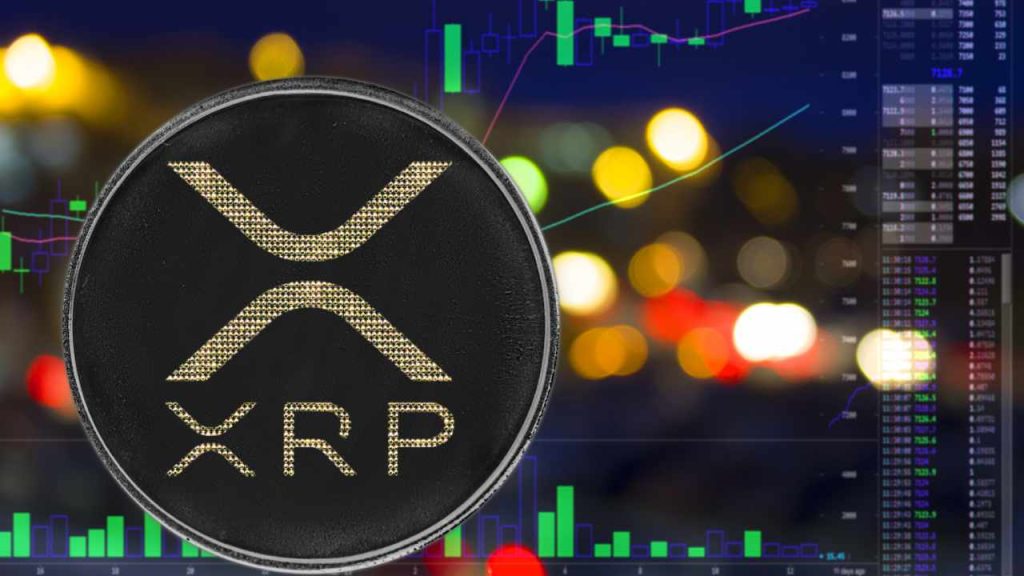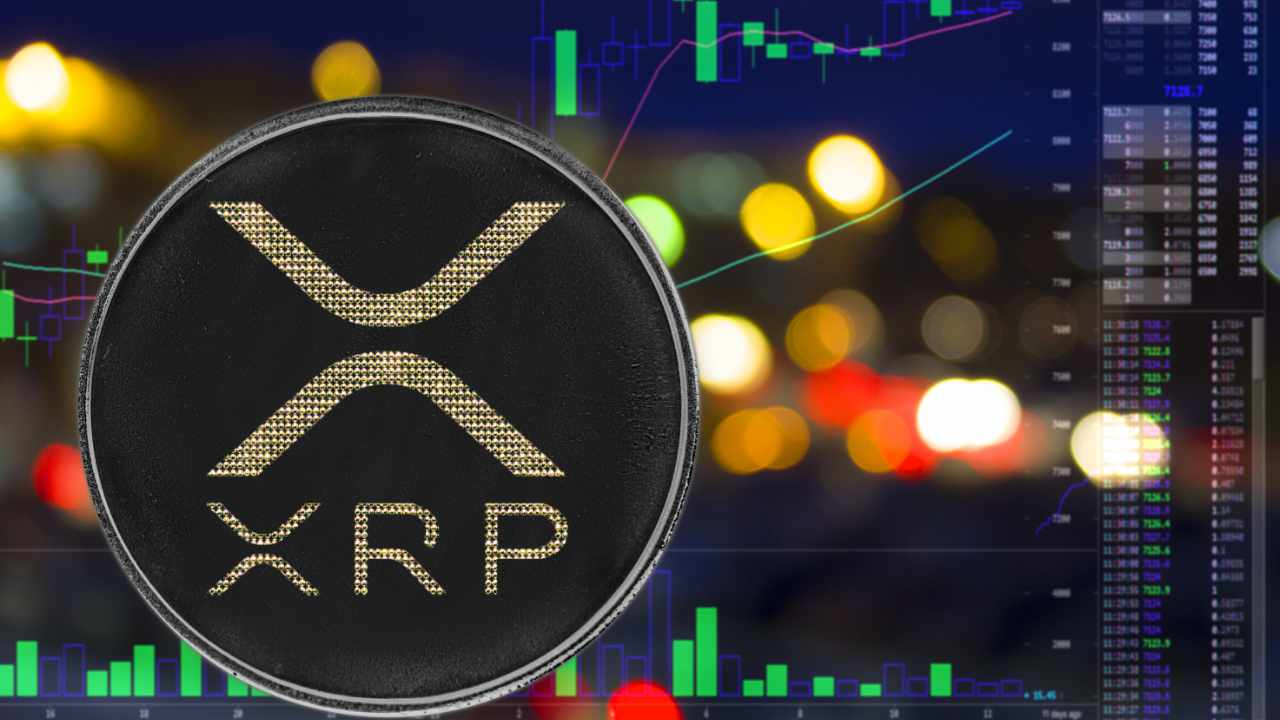
The legal saga between Ripple Labs and the U.S. Securities and Exchange Commission (SEC) over the classification of XRP has been a defining moment for the cryptocurrency industry. The case, which began in December 2020, has drawn significant attention due to its potential to set a precedent for how digital assets are regulated in the United States. The recent developments in the case, including Judge Analisa Torres’ ruling that XRP is not a security when traded on public exchanges and the subsequent rejection of a joint settlement motion, have left the future of XRP and the broader crypto market in a state of uncertainty.
The Core Legal Battle Over XRP
At the heart of the Ripple-SEC case is the question of what constitutes a security in the context of cryptocurrencies. The SEC alleged that Ripple’s sales of XRP, totaling over $1.3 billion, were unregistered securities offerings, violating federal law. Ripple, on the other hand, argued that XRP did not meet the criteria of the Howey Test, which is used to determine whether an asset is a security. The Howey Test states that an asset is a security if it is an investment of money in a common enterprise with the expectation of profits primarily from the efforts of others.
In July 2023, Judge Torres issued a split decision that provided some clarity on the matter. She ruled that institutional sales of XRP by Ripple did violate securities law, as these were considered investment contracts. However, she also ruled that sales of XRP on public exchanges did not constitute securities, as purchasers were not relying on Ripple’s actions to drive profit. This ruling was a significant victory for Ripple and the broader crypto industry, as it established that not all cryptocurrencies are automatically considered securities.
Settlement Talks and the Latest Legal Twist
Following the July 2023 ruling, Ripple and the SEC attempted to reach a settlement to bring the long-running legal battle to a close. The proposed settlement would have reduced Ripple’s fine from $125 million to $50 million and lifted an injunction that restricted certain XRP activities. However, Judge Torres rejected the joint settlement motion, citing procedural issues. She stated that the joint request did not meet the legal standard to reopen or alter a final judgment, as outlined in Federal Rule of Civil Procedure 60.
The rejection of the settlement motion has left the future of XRP and the broader crypto market in a state of uncertainty. Ripple has indicated that it will refile the settlement motion in a manner that complies with judicial procedure. However, until a proper motion is filed and approved, the original $125 million penalty and restrictions on certain institutional XRP sales remain in place.
Ripple’s Reaction: Steady on Legal Status
Despite the setback, Ripple has remained confident in the legal status of XRP. Chief Legal Officer Stuart Alderoty has reiterated that the recent developments do not change the fact that XRP is not considered a security in public secondary markets. He has also stated that Ripple’s “wins” in the case are unaffected by the recent order and that the company will continue to fight for a favorable outcome.
The implications of the Ripple-SEC case extend beyond the immediate parties involved. The case has set a precedent for how cryptocurrencies are regulated in the United States, and the outcome could have significant implications for the broader crypto industry. The case has also highlighted the need for clearer regulatory guidance in the rapidly evolving world of digital assets.
Implications for the Crypto Industry
The Ripple-SEC case has several implications for the crypto industry. First, the case has provided some clarity on the question of what constitutes a security in the context of cryptocurrencies. The ruling that XRP is not a security when traded on public exchanges has been a significant victory for the crypto industry, as it establishes that not all cryptocurrencies are automatically considered securities.
Second, the case has highlighted the need for clearer regulatory guidance in the crypto industry. The lack of clear guidance has led to uncertainty and confusion, which has hindered the growth of the industry. The Ripple-SEC case has underscored the need for regulators to provide clearer guidance on how cryptocurrencies should be regulated.
Third, the case has highlighted the importance of procedural compliance in legal proceedings. The rejection of the joint settlement motion by Judge Torres was based on procedural grounds, highlighting the need for parties to ensure that their motions comply with the relevant legal standards.
Market Reaction and Volatility
The legal developments in the Ripple-SEC case have had a significant impact on the price of XRP. The initial victory in July 2023 sent the price of XRP surging, reflecting the market’s desire for regulatory certainty. However, the recent rejection of the joint settlement motion triggered a dip in the price of XRP, reflecting renewed anxiety over delayed finality.
The broader crypto community is watching the Ripple case as a bellwether. If XRP, after years of regulatory scrutiny, can find a stable legal footing, other projects and investors may hope for similar outcomes. However, the persistent volatility and the specter of ongoing legal battles underscore how fragile and unfinished crypto regulation remains in practice.
What’s Next? The Path Forward for XRP and Ripple
The current posture is one of legal limbo. Ripple and the SEC can refile their settlement motion, this time providing proper justification and complying with Rule 60. Until that happens, the status quo—XRP mostly free of security-related restrictions on exchanges, but institutional sales still under scrutiny—persists.
If and when a settlement is finalized, it will close one of crypto’s longest and most consequential legal battles, underscoring how U.S. law interprets token trading. For Ripple, its ability to boast legal clarity for XRP is a major asset in expanding payments products and courting institutional partners worldwide.
For the industry, every motion, rejection, and appeal in the Ripple-SEC saga shapes the evolving playbook for token launches, sales, and compliance in the United States.
Conclusion: Legal Clarity, But Not Closure
The Ripple-SEC case has been a defining moment for the crypto industry, providing some clarity on the question of what constitutes a security in the context of cryptocurrencies. The case has also highlighted the need for clearer regulatory guidance in the rapidly evolving world of digital assets. While the recent rejection of the joint settlement motion has left the future of XRP and the broader crypto market in a state of uncertainty, the case has underscored the importance of procedural compliance in legal proceedings.
The Ripple-SEC case is far from over, and the outcome could have significant implications for the broader crypto industry. The case has highlighted the need for regulators to provide clearer guidance on how cryptocurrneys should be regulated, and the outcome of the case could set a precedent for how other cryptocurrencies are regulated in the United States. The case has also highlighted the importance of procedural compliance in legal proceedings, and the rejection of the joint settlement motion by Judge Torres underscores the need for parties to ensure that their motions comply with the relevant legal standards.
The Ripple-SEC case is a front-row seat to how digital assets are gaining legal clarity—one ruling at a time. Whether you’re a crypto veteran, a curious regulator, or simply watching from the sidelines, the ongoing Ripple-SEC story is a defining moment for the crypto industry.





